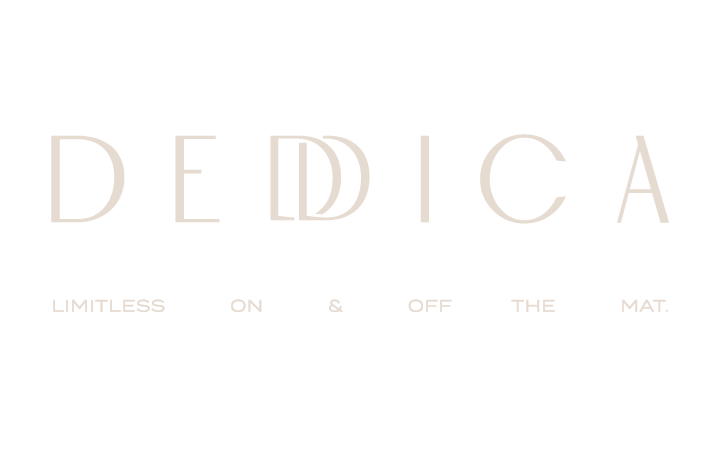Why Downward Dog Isn't About Your Heels Hitting the Mat
(And Other Myths Busted)
Does it feel like every time you hear “Downward Dog,” your body’s response is “Downward... ugh?” Time to lift those expectations—literally!
You’ve seen the pictures—heels glued to the mat, perfect posture, not a hair out of place. But what if I told you that getting your heels to touch the mat isn't the point of Downward Dog?
Yup, you can breathe a sigh of relief. This pose is all about lengthening your spine, not flattening your feet.
The Heel Myth: Your heels touching the mat in Downward Dog doesn't mean you've "made it" in yoga. Instead, focus on creating space in your spine. We’ll break down how bending your knees slightly and engaging your legs can actually deepen the stretch and give your low back the relief it deserves.
Length Over Depth: Rather than rounding your back to get those heels down, think about sending your sit bones toward the sky. This helps open up your hamstrings and create a beautiful line of energy from head to hips. Bonus: it’s way more comfortable!
Downward Dog as a Power Pose: Believe it or not, this isn't just a resting posture. Downward Dog is secretly a powerhouse of engagement, especially if you think about your legs doing most of the work. Your quads, glutes, and core should be on fire—leaving your hands as a supportive backup.
Breathing Space into Your Fascia: We dive into the often-ignored importance of fascia—the connective tissue that holds it all together. Using your breath to expand this tissue makes a massive difference in mobility and flexibility.
Next time you’re in Downward Dog, let go of the need to press your heels down. Instead, focus on what really counts—spinal length, breath, and leg engagement. With a little tweak here and there, you’ll find the magic in this pose, and trust me, your yoga flow will never feel the same again.


